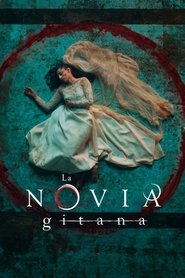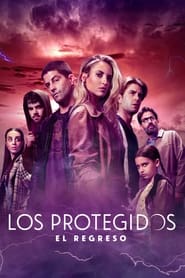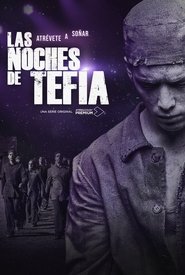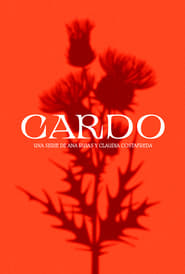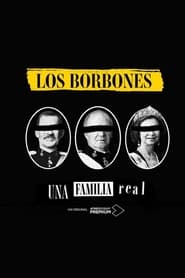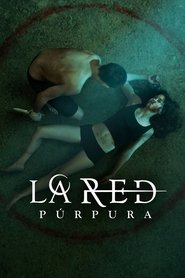Atresplayer TV Series - Page 2
-
The Gypsy Bride
2022
star 6.3Set in the heart of the Spanish Romani community, the fiction follows police inspector Elena Blanco and her team, as they try to crack the crime case pertaining to the murders of sisters Lara and Susana Macaya, separated by a 7-year gap. -
Drag Race Spain: All Stars
2024
star 7.3The first international version of the show RuPaul's Drag Race All Stars. -
The Age of Anger
2022
star 6.2A man is found brutally murdered, presumably by his son Marcos, a teenager with no apparent problems. The tragedy hits the school, with students and teachers wondering what went wrong. -
Alba
2021
star 7Alba wakes up on a beach after a rape she doesn't remember. And then she discovers that her rapists are friends of her lover. -
Veneno
2020
star 8.4Adored for her charisma and her free, explicit and fun way of expressing herself, La Veneno gained popularity thanks to her television appearances in the 90s. However, her life and especially her death remain an enigma. -
Nights in Tefía
2023
star 5.3Between 1954 and 1966 there was, in a desert area of Fuerteventura, a Francoist concentration camp known by the euphemistic name of Colonia Agrícola Penitenciaria de Tefía, one of many places where the regime sent those convicted under the Law of Vagos y Maleantes which, from 1954, was implemented to also include homosexuals. In 2004, Airam Betancor was forced to recall the seventeen months of forced labor he endured in the colony. -
Cardo
2021
star 6.4María is a thirty-year-old from Madrid who is dissatisfied with her existence and, despite her efforts to make an artistic career a reality, she has no choice but to end up working in a flower shop in her neighbourhood. -
Between Lands
2023
star 6.9To protect her sister and save her family from ruin, a selfless woman navigates an arranged marriage with a wealthy man who hides dark secrets. -
The Purple Network
2023
star 5.8Inspector Elena Blanco has discovered that her son Lucas is alive, but belongs to the sinister Purple Network, which Vistas told her about before its dramatic denouement. Six months have passed and the inspector hides from her team that her son is among them; Only Mariajo, her faithful confidant, knows the truth. The BAC has been penalized by the outcome of the Macaya case, being transferred to another ship and the only thing they can do is pull on that thread that Vistas left them, a network that is hidden in the depths of the interns.
